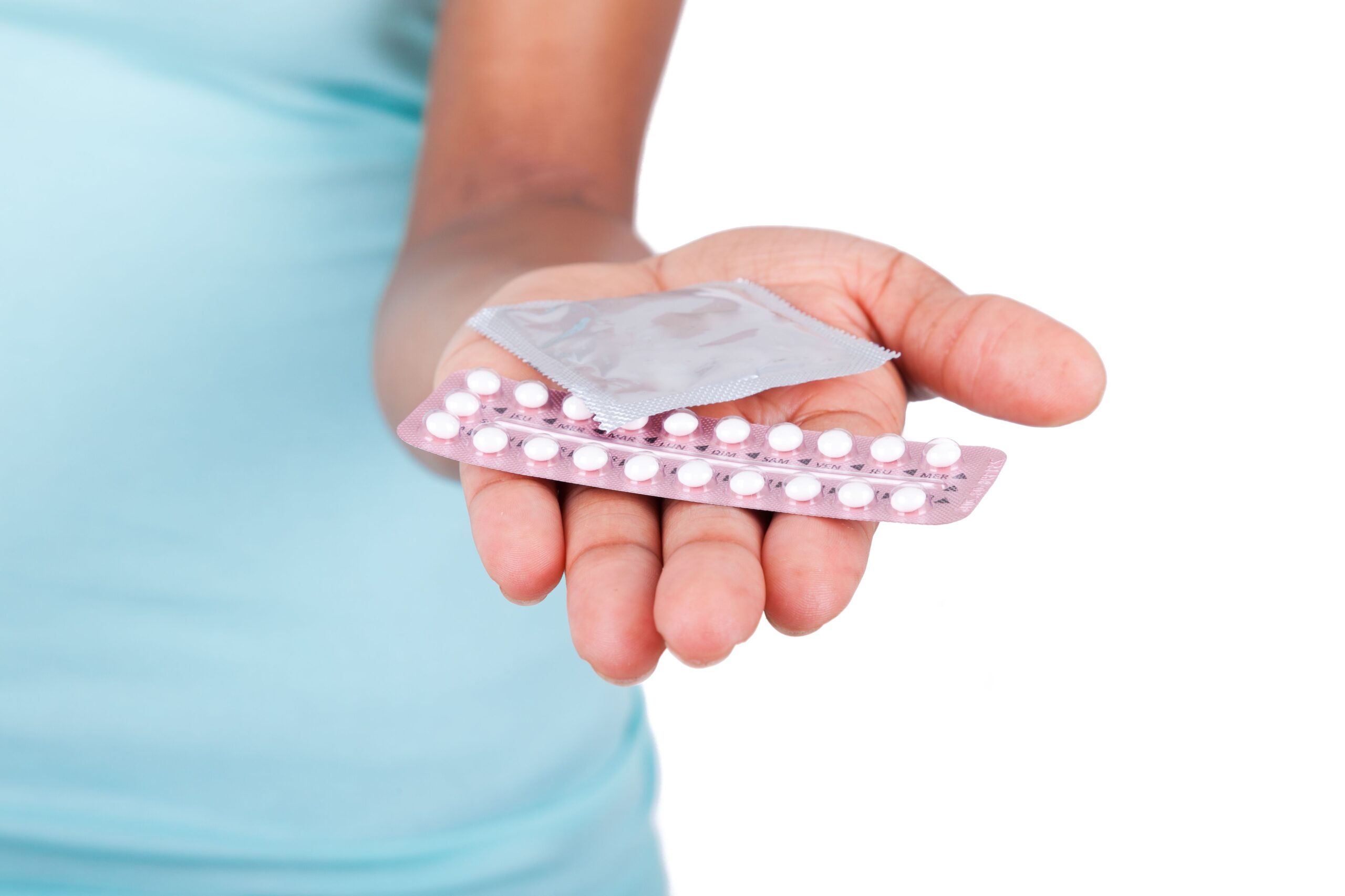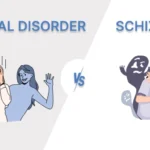
Premenstrual Dysphoric Disorder (PMDD) is more than just the typical PMS many women experience. This severe condition can significantly affect one’s emotional and physical well-being. For those grappling with mood swings, severe irritability, and depression related to PMDD, understanding the available medications is crucial. This comprehensive guide introduces you to some of the most effective PMDD medications, including SSRIs and hormone therapies designed to restore balance and relieve symptoms.
Understanding PMDD: When PMS Becomes More Severe
While many women experience mild PMS symptoms, such as discomfort or moodiness, PMDD brings more intense challenges. Characterized by severe mood swings, chronic fatigue, and heightened emotional distress, this condition is directly linked to hormonal fluctuations. Specifically, changes in estrogen and progesterone levels can affect serotonin levels in the brain, causing significant disruption. Treating PMDD effectively often involves combining medication with lifestyle changes to stabilize hormones and alleviate premenstrual symptoms.
Best Medications for PMDD in 2025
SSRIs (Selective Serotonin Reuptake Inhibitors)
SSRIs remain the most widely prescribed treatments for PMDD. These medications work by regulating serotonin, a neurotransmitter pivotal for mood control. Common SSRIs utilized include:
- Fluoxetine (Prozac)
- Sertraline (Zoloft)
- Paroxetine (Paxil)
- Escitalopram (Lexapro)
These medications help improve serotonin balance, thereby reducing symptoms such as irritability, sadness, and mood swings. Notably, SSRIs can be taken daily or just during the luteal phase, which is two weeks before menstruation, and often provide relief within one or two cycles.
Hormonal Therapies for PMDD
For individuals whose PMDD symptoms originate from hormonal fluctuations, hormone-regulating treatments can be notably effective. Options include:
- Oral contraceptives, including specific drospirenone-containing pills like Yaz, which have FDA approval for PMDD relief.
- GnRH agonists, used in severe cases to suppress ovulation and stabilize hormone levels.
Hormonal therapies assist by reducing physical symptoms like bloating and breast tenderness while providing a stabilizing effect on mood and energy levels throughout the menstrual cycle.
If you’re considering hormonally-focused treatments, discussing them with a specialist, like Dr. Priya Bayyapureddy at Windermere Medical, can provide tailored advice.
Supplements and Supportive Treatments
Beyond medical prescriptions, certain supplements can also contribute to PMDD symptom relief:
- Calcium and magnesium for reducing mood swings and bloating.
- Vitamin B6 to support serotonin production.
- Chasteberry (Vitex agnus-castus) to aid in hormonal balance regulation.
Incorporating lifestyle changes such as regular exercise, mindfulness, and ample sleep can further enhance emotional balance and resilience.
PMS vs PMDD: Understanding the Difference
Feature
PMS
PMDD
Severity
Mild discomfort
Severe emotional & physical distress
Duration
Days before period
1–2 weeks pre-menstruation
Emotional Impact
Mild irritability
Intense mood swings & depression
Response to Lifestyle Changes
Often sufficient
Generally requires medication
It’s important to understand that PMDD is a clinical mood disorder as opposed to simply severe PMS, necessitating targeted treatment strategies to effectively rebalance both serotonin and hormones.
Combining Medication with Therapy and Lifestyle Changes
- Cognitive Behavioral Therapy (CBT) assists in identifying triggers and adopting positive mood management techniques.
- A diet rich in nutrients and regular exercise can naturally enhance serotonin levels.
- Mindfulness and relaxation techniques reduce anxiety and emotional intensity.
The combination of medication, therapy, and lifestyle alterations typically yields the most enduring relief from PMDD. For a personal therapy approach, consult with experienced practitioners like Dr. Steven K. Taylor.
Conclusion
Living with PMDD is indeed challenging, but with the right approach — incorporating medication, hormonal balancing, and robust support strategies — life can become more manageable. Discussing personalized treatment plans with professionals such as Dr. Bhumi Purohit or Dr. Dhara Patel ensures your plan addresses both the emotional and physical aspects of PMDD, promoting peace of mind every month.
FAQs: PMDD Medication and Hormonal Balance
01. What is the most effective medication for PMDD?
SSRIs, including fluoxetine (Prozac) and sertraline (Zoloft), are considered first-line treatments for PMDD.
02. Can birth control pills help with PMDD?
Yes, drospirenone-containing oral contraceptives such as Yaz effectively regulate hormonal imbalances and reduce PMDD symptoms.
03. How long does it take for PMDD medication to work?
Most patients see improvements within 1–2 menstrual cycles, emphasizing the importance of consistency for sustainable results.
04. Is PMDD the same as PMS?
PMDD is a more severe form of PMS, featuring significant mood disturbances that require medical intervention for management.
05. Can natural supplements replace medication for PMDD?
While supplements like Vitamin B6 or chasteberry can help with mild symptoms, they are often most effective when combined with medical treatments and lifestyle adjustments.
Recent Post






